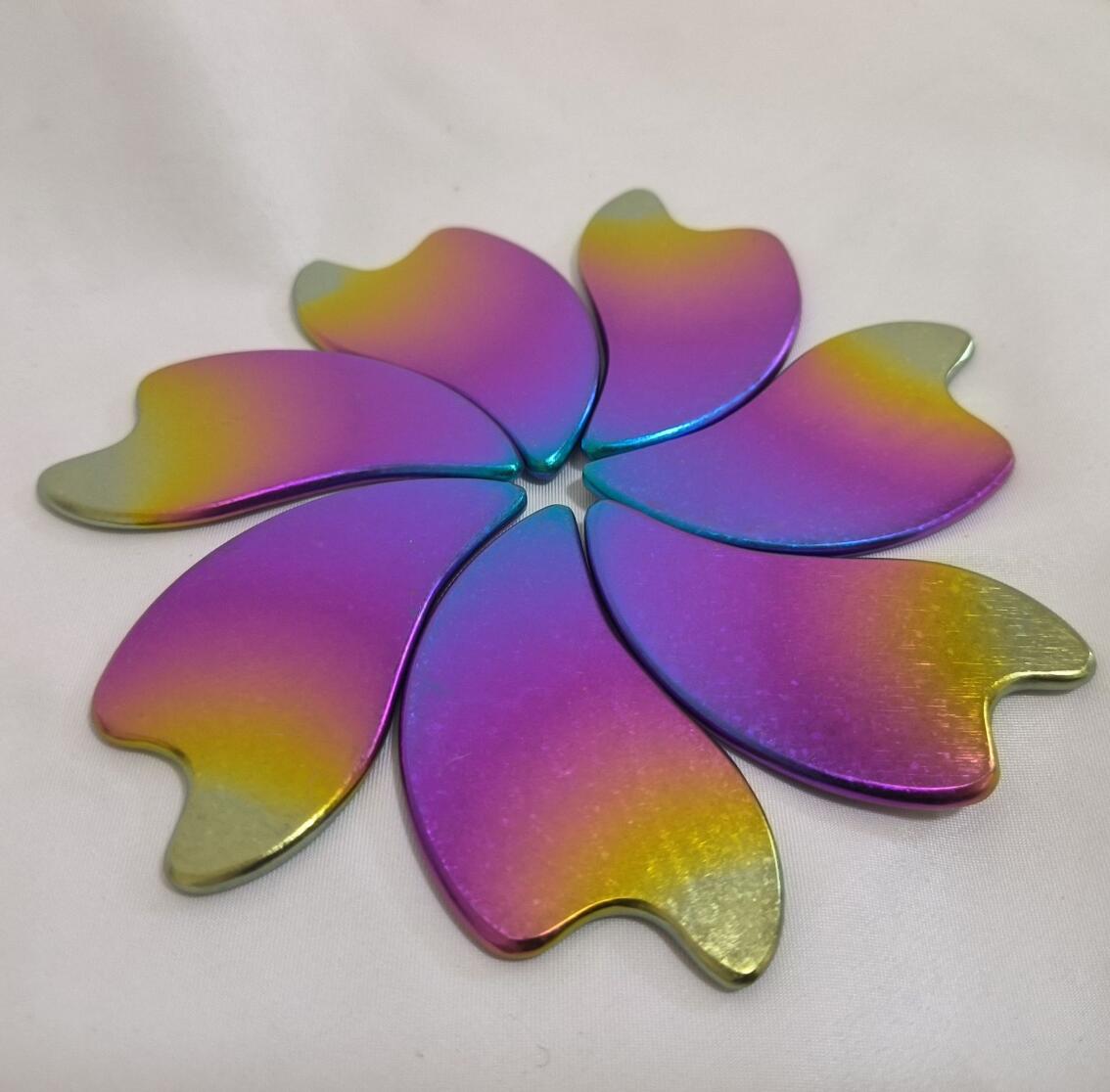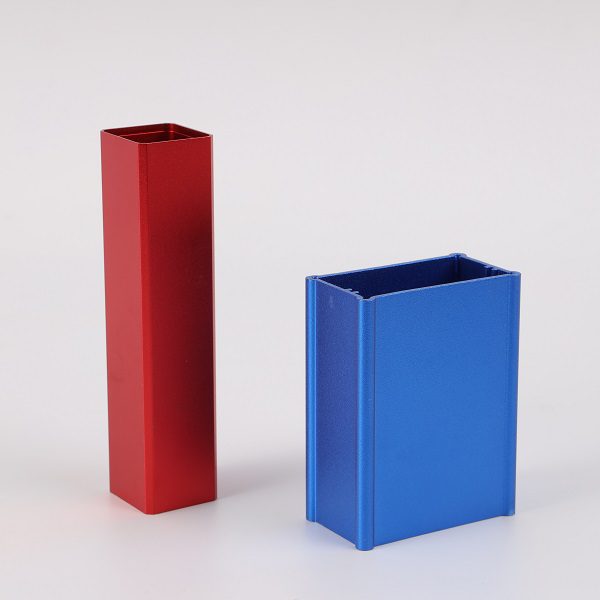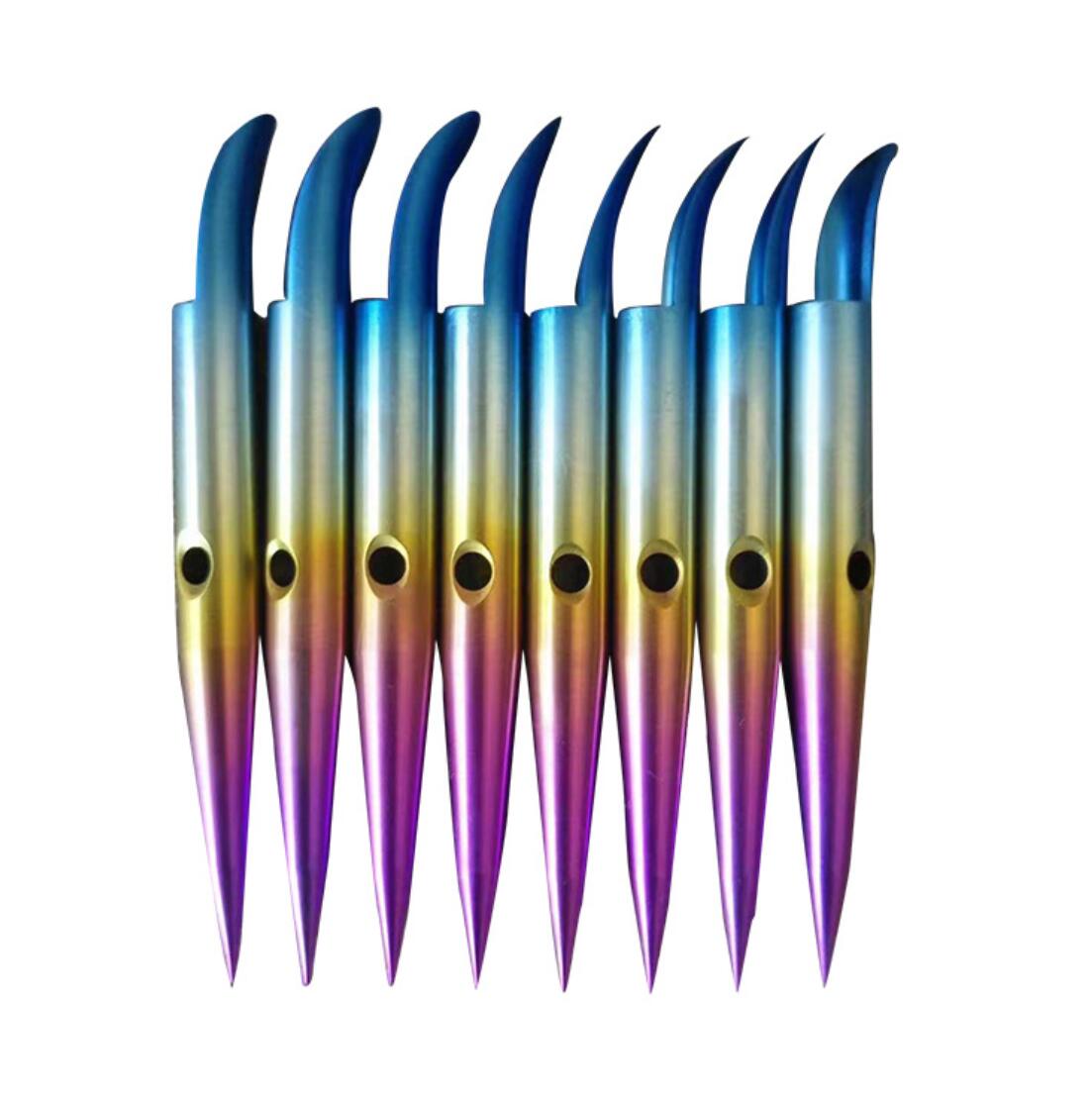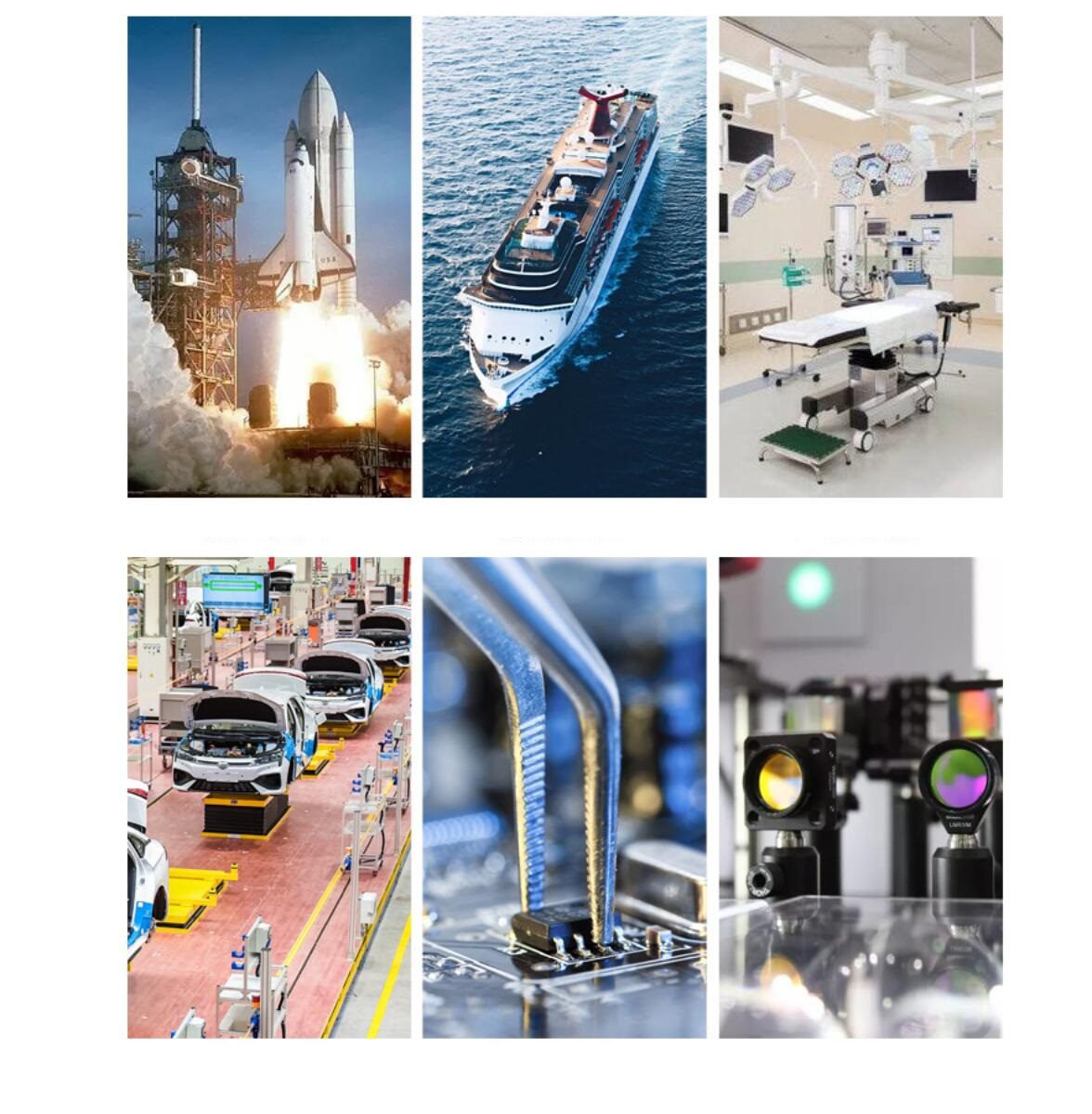What is Titanium Anodizing?
Titanium anodizing is a surface treatment used to increase the oxide layer on titanium parts, enhancing their durability and color. This process involves using an electrolyte and an electrical current to artificially thicken the titanium oxide layer, which can be precisely controlled to produce a range of colors without dyes. The resulting finish is hard, wear-resistant, and biocompatible, making it ideal for various applications across industries such as aerospace, medical, and automotive.
Let's dive deeper into how this process can revolutionize not just the look but also the functionality of titanium components. Stay tuned as we explore the mechanics behind titanium anodizing and its impressive benefits.

Understanding Titanium Anodizing
What is Anodizing?
Anodizing is a surface finishing process that enhances the natural oxide layer on metals through electrochemical means. It involves submerging the metal in an electrolyte bath and applying an electrical current. This causes an oxide layer to form and grow from the metal itself. The process is widely used to increase corrosion resistance, enhance wear properties, and allow for dyeing and improved adhesion of coatings on metals.
Specifics of Titanium Anodizing
Titanium anodizing differs from anodizing other metals primarily in the specifics of the oxide layer and the end-use applications. When titanium is anodized, the resulting oxide layer is highly controllable in terms of thickness and coloration, which is achieved through adjustments in the voltage applied during the electrochemical process.
Unlike some metals that need dyes for coloration, titanium can exhibit a spectrum of colors based on the oxide thickness without any dyes. These colors are formed through the interference of light waves reflecting off the surface of the oxide layer and the underlying metal. The precise control over the thickness of the oxide layer allows for exact color matching, which is critical in industries like dental and medical implants, where aesthetics are essential alongside functionality.
Moreover, titanium anodizing can significantly enhance the material's resistance to wear and corrosion, making it particularly useful in harsh environments like those in aerospace or maritime applications. The process also enhances biocompatibility, which is essential for medical applications, including surgical tools and implants.
Benefits of Titanium Anodizing
Enhanced Durability and Wear Resistance
The anodized layer that forms on titanium is much more complex than the base metal, which protects it from scratches and wear. This makes anodized titanium ideal for high-stress applications where longevity and minimal maintenance are crucial.
Improved Corrosion Resistance
Titanium is well-known for its excellent corrosion resistance, but anodizing can take this further. The thicker oxide layer provides an additional barrier against environmental factors such as moisture, saline solutions, and various chemicals.
This property is particularly valuable for components used in marine settings or those exposed to corrosive substances.
Aesthetic Appeal
Anodizing can produce a range of vibrant, eye-catching colors on titanium without using external dyes. These colors result from optical interference and can include hues of blue, purple, green, and yellow depending on the thickness of the oxide layer.
This aspect appeals to consumer goods like jewelry and sporting equipment, where aesthetic distinction is a crucial selling point.
Biocompatibility
For medical applications, the biocompatibility of titanium anodizing is of paramount importance. The anodized layer is non-toxic and can be sterilized, making it safe for use in surgical implants and other medical devices. It also does not react with bodily tissues, which is crucial for patient safety and comfort.
Customizability
The titanium anodizing process is highly controllable, allowing for precise customization of the thickness and color of the oxide layer. This feature is essential for industries that require strict adherence to product specifications and quality standards, such as aerospace and medical industries.
Limitations of Titanium Anodizing
Limited Color Range
Despite the vibrant colors achieved through titanium anodizing, the spectrum is still limited compared to other metals like aluminum, which can be dyed in almost any color.
Titanium colors are purely the result of optical interference and depend on the oxide layer's thickness. This means the range of colors is restricted to those that can be naturally produced through this method, primarily pastels and metallic hues.
Cost Considerations
Titanium anodizing is generally more costly than other metals due to the need for specialized equipment and the higher electricity requirements to achieve the desired oxide layer thickness.
This can make titanium anodizing less economically viable for larger-scale projects or applications where cost is critical.
Thickness Limitations
The thickness of the oxide layer formed during titanium anodizing is limited by the electrochemical process. While this layer is sufficient to create various colors and enhance durability, it may need to be thick enough to handle extreme wear or high-impact applications. This limitation can reduce the suitability of anodized titanium in specific industrial applications.
Process Complexity
The process of anodizing titanium requires precise control over multiple variables, including voltage, electrolyte composition, and immersion time. This complexity necessitates skilled operators and stringent quality control measures, which can be a barrier for smaller operations or those needing technical expertise.
The Titanium Anodizing Process
Preparation
The titanium anodizing process begins with thoroughly cleaning the titanium parts to remove contaminants that could interfere with the anodization. This usually involves degreasing, rinsing, and sometimes a light etching to ensure an immaculate surface. Proper surface preparation is critical to achieving a uniform and durable oxide layer.
Anodizing
Once cleaned, the titanium parts are submerged in an electrolytic solution, typically consisting of acids like sulfuric or phosphoric acid. An electrical current is passed through the solution, with the titanium part acting as the anode. This setup promotes the formation of an oxide layer on the surface of the titanium.
The thickness of this layer—and consequently, the color that appears—is controlled by the voltage applied during the anodizing process. Higher voltages typically produce thicker oxide layers and different colors.
Coloring
The unique aspect of titanium anodizing is that the coloration is achieved through the oxide layer's interference with light rather than through dyes. As the oxide layer thickens, it alters the wavelength of reflected light, thus changing the color of the part. This process allows various colors to be produced without additional chemicals or dyes.
Sealing
While many metals require a sealing process after anodizing to close the pores of the oxide layer and enhance durability, titanium typically does not need this step. The oxide layer formed on titanium is inherently stable and provides a robust barrier against wear and corrosion.
Applications of Titanium Anodizing
Aerospace Industry
In the aerospace industry, the strength-to-weight ratio of materials is critical. Titanium anodized components are extensively used due to their lightweight nature and increased durability and corrosion resistance.
These properties are vital for parts that must endure extreme conditions while maintaining structural integrity. Anodized titanium is used in components like fasteners, gears, and critical structural elements in aircraft and spacecraft.
Medical Devices
Anodizing titanium enhances its biocompatibility, making it an ideal choice for medical implants such as hip replacements and dental implants. The non-toxic, corrosion-resistant surface is essential for devices that perform over long periods within the human body without adverse reactions.
Additionally, the ability to color-code medical instruments through anodizing helps quickly identify the correct tool during surgical procedures.
Automotive Industry
The automotive sector utilizes anodized titanium for parts where high strength and low weight are necessary. Components such as valve parts, suspension systems, and exhaust systems benefit from anodized titanium's enhanced wear resistance and thermal properties.
The aesthetic appeal of anodized titanium also adds a premium look to visible parts like trim, knobs, and decorative elements.
Consumer Electronics
Durability and aesthetics are critical factors in the consumer electronics market, where titanium anodizing is used to create striking, durable casings for devices like smartphones, laptops, and wearable technology.
The process allows for unique finishes that stand out in a competitive market, providing both beauty and resilience against scratches and wear.
Jewelry and Art
The vibrant colors achieved through titanium anodizing make it a favorite material for artists and jewelers. The ability to create a wide array of colors without using dyes or additional materials appeals to creators and consumers looking for unique, hypoallergenic, and enduring pieces.
From earrings and bracelets to sculptures and wall art, anodized titanium offers a unique medium that combines beauty with functionality.
Sporting Goods
Titanium anodizing is used in sporting goods such as golf clubs, bicycle frames, and racquet handles. These applications benefit from the enhanced strength, lightweight nature, and corrosion resistance of anodized titanium, which can significantly improve the longevity and performance of sports equipment.
What is the difference between Titanium Anodizing and Aluminum Anodizing?

Basic Process Differences
Titanium anodizing involves creating an oxide layer that enhances the metal's natural color spectrum through optical interference, while aluminum anodizing usually includes dyeing the porous oxide layer to achieve a wide range of colors.
Colorization
Titanium anodizing does not use dyes; instead, the colors are produced by manipulating the oxide layer's thickness, which changes how light is refracted off the surface.
In contrast, aluminum anodizing typically involves sealing dyes into the porous surface to achieve more vibrant and varied colors. This makes aluminum anodizing more versatile in terms of aesthetic options but less natural than the subtle hues obtained with titanium.
Durability and Wear Resistance
The oxide layer formed on titanium through anodizing is tough and durable, providing significant wear resistance. This layer is integral to the metal and less likely to chip or peel. On the other hand, although aluminum oxide is also complex and protective, the dyed layer can suffer from wear and fading over time, especially under intense use or exposure to UV light.
Applications
Titanium anodizing is primarily valued in fields requiring high strength, lightweight, and biocompatibility, such as aerospace and medical devices.
Aluminum anodizing, being more cost-effective and color-versatile, is widely used in consumer goods, automotive components, and architectural elements where aesthetics are a priority.
Cost
Titanium anodizing is generally more expensive and complex due to the need for higher voltages and more precise control systems. It is also less common than aluminum anodizing, which can be performed at a lower cost and with less specialized equipment.
Conclusion
If you are intrigued by the possibilities titanium anodizing offers and would like to explore how it can enhance your products, do not hesitate to reach out. We are here to provide expert guidance and high-quality anodizing services tailored to your unique requirements.
FAQ
Can the color of anodized titanium fade over time?
The color of anodized titanium is remarkably stable and does not fade under normal environmental conditions because the colors are created through physical changes rather than dyes.
How thick is the anodized layer on titanium?
The thickness of the anodized layer on titanium typically ranges from 0.5 to 5 micrometers.



